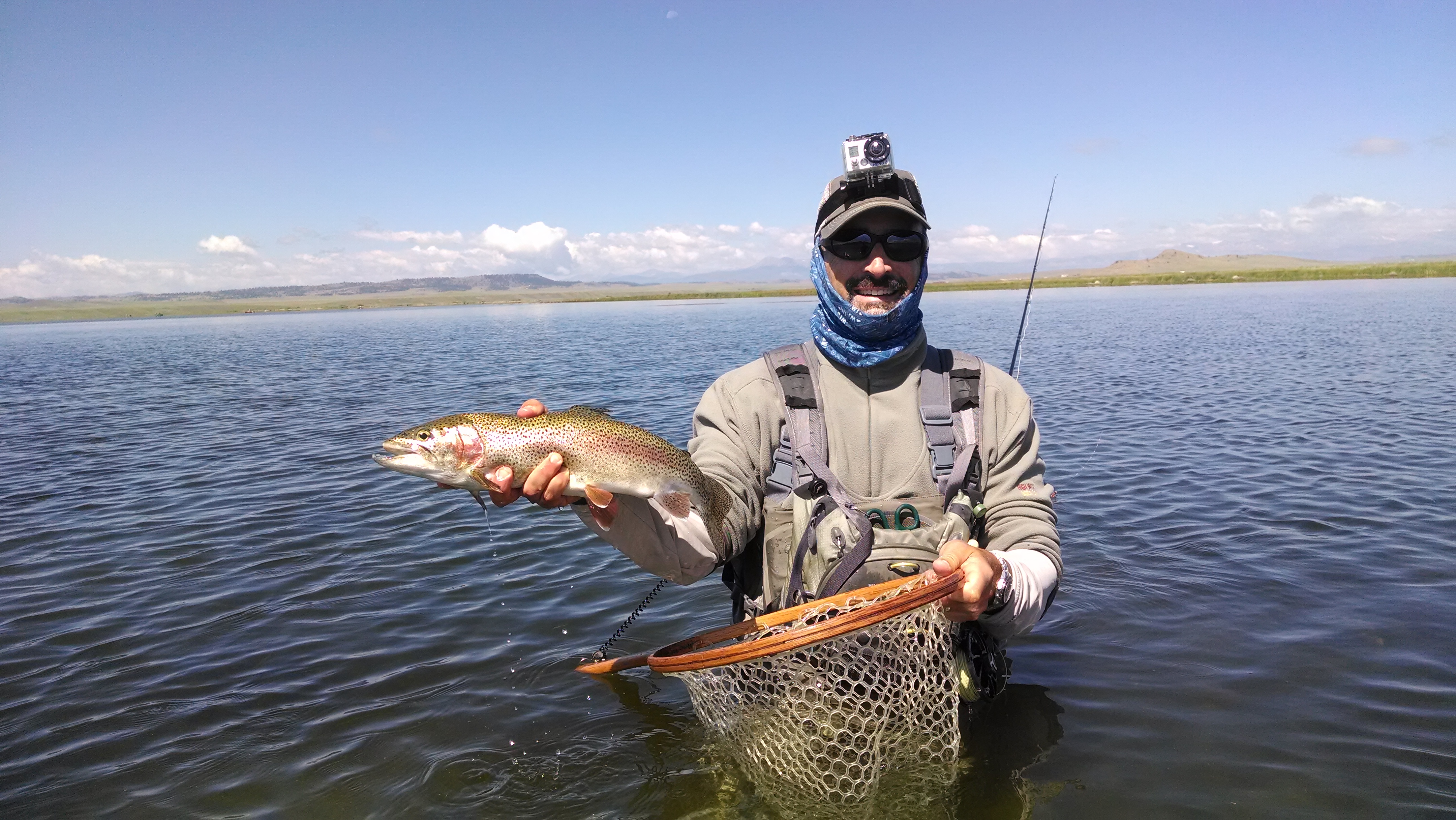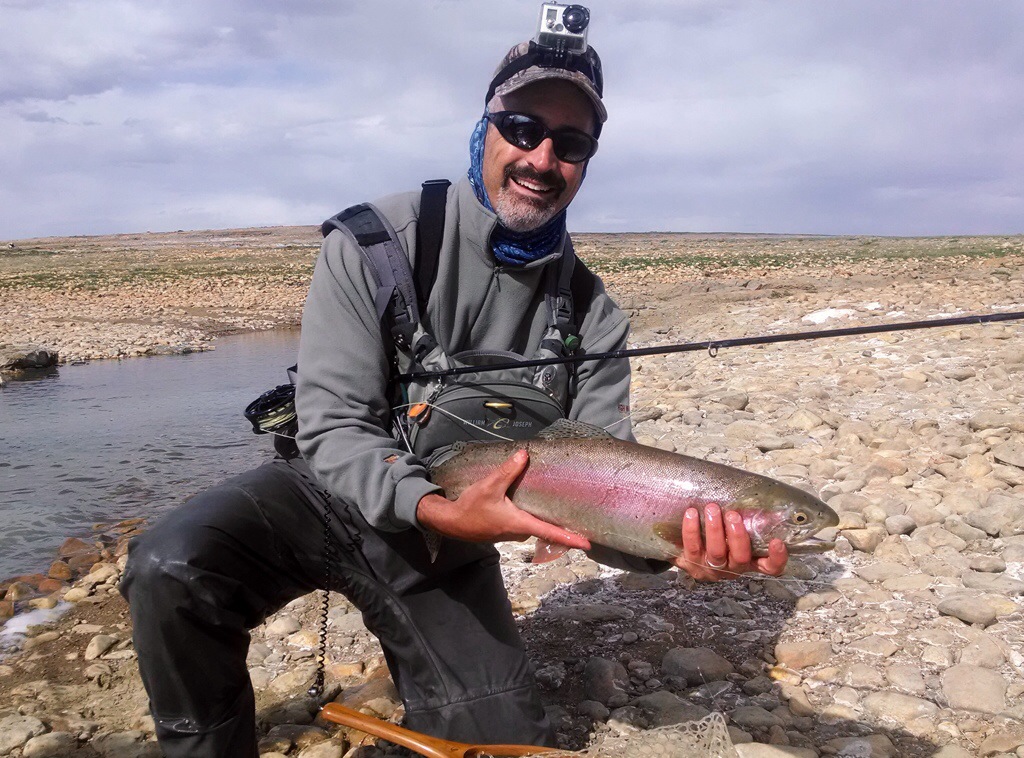I am not a fly fisherman. I am a fisherman who elects to fish with a fly. If you watched me pursue my quarry you would quickly dismiss my abilities, as there is not natural rhythm to my motion. Not dissimilar to my golf game, there is little elegance associated with the required technique. I have as much in common with Tiger Woods as I do with Lefty Kreh. We share similar tools, but that’s where the comparisons end.
Despite my lack of expertise, I have worked hard to learn to catch fish on the fly. I watch television shows, instructional videos as well as leaning hard on friends who seemingly cast a perfect loop. In six years, I have become confident when I step into a body of water. I am able to formulate a basic strategy that provides me an opportunity to frequently hook up. Admittedly, I still forget the name of popular flies, and I rarely deliver the perfect presentation. That said, I have and continue to catch fish; the ultimate objective of the chase.
Over the last four years, I ensure that I take one day in the summer, and venture to Spinney Mountain Reservoir for the callibaetis hatch. Callibaetis mayflies in their nymph stage are easy prey for cruising trout. The hatch comes off when the air and water temperature are conducive for the nymphs to start moving to the surface of the water. At that time, trout begin to feed voraciously on the bugs. Their activity can be easily monitored as the fish begin to roll on the evading insects. The feeding frenzy can last for hours or be over as fast as it started.
In mid-July of 2014, my day provided seemingly perfect conditions; no wind, warming temperatures, and an actively growing weed line. We arrived at the Spinney inlet just before 8 am. A number of fishermen already had made their way into the water, and were positioning around the bay. I rigged up quickly and started my walk west. I had hoped that I could locate an area where the water dropped from three feet to something significantly deeper. I assumed that the trout would start to feed in deeper water. Unable to locate a radical depth break, I decided to scan the water until I witnessed a fish roll. At about 9:15 a.m., the first fish appeared with a slight splash about thirty yards to my left. He remained on the surface foraging on helpless callibaetis. I moved in the direction of the ripples, and started to make sloppy false casts. When I determined I had enough line out, I made a final and accurate cast. I offered an Amy’s Ant and a #12 hare’s ear as my trailer. My heart was pounding as I believed my flies were in the vicinity of the fish. Within seconds the trout engulfed the ant, and I reacted with a strong strip set. Unfortunately, I did not feel the weight of the fish, realizing in seconds that he was gone. Upon inspection, I noticed my 3x tippet had snapped below the knot.
Undeterred, I began to quickly re-rig as fish were obviously active. Incorporating the same set up, I started to make casts at not-so-subtle movements in the water. Once the flies had settled on the surface, I made slight line strips in order to make the artificials realistic. Like a crocodile taking down a wildebeest, the hit was violent and unyielding. The rainbow ripped line at an extreme pace, only pausing to breach multiple times. As soon as I felt that I had her under control, she surprised me with another long run. She finally succumbed to my efforts, and I eased her into my net.
Over the next few hours, I managed to hook six more fish and land five. The callibaetis hatch at Spinney is an extraordinary experience, and it will always be a part of my Colorado summers.
Related articles




